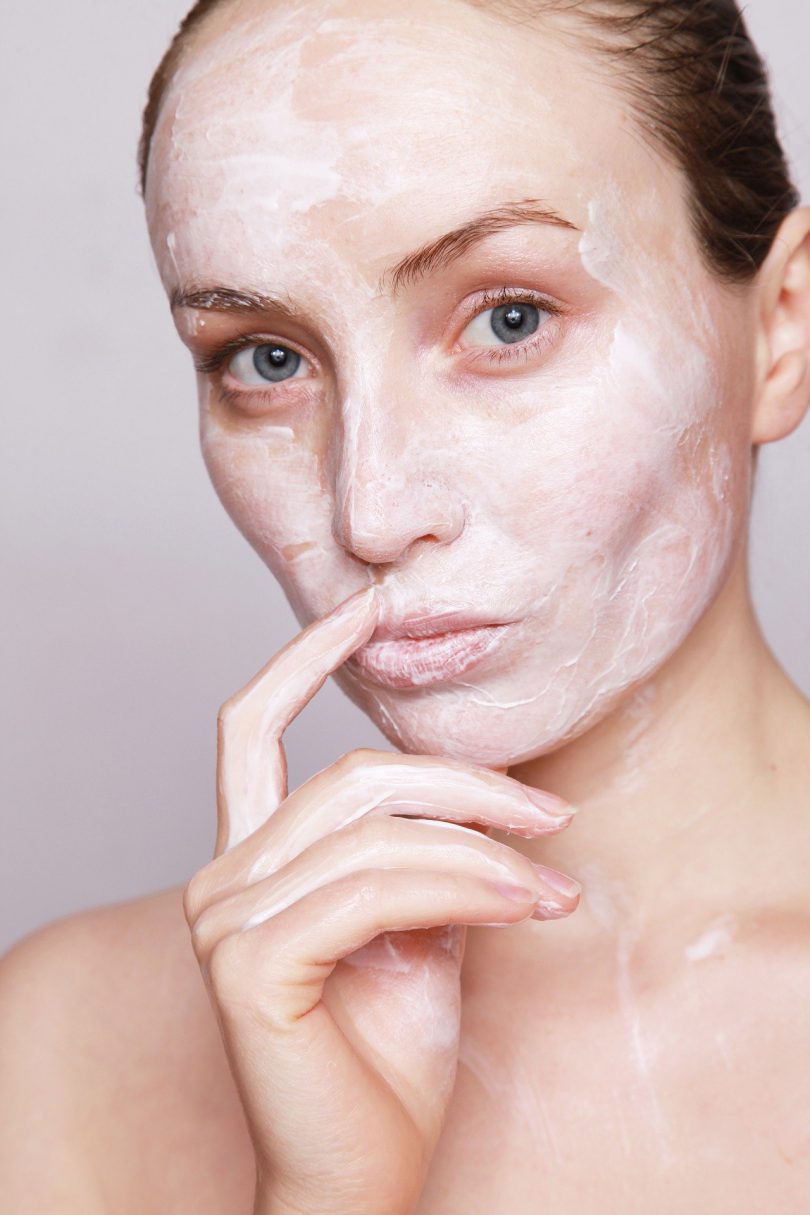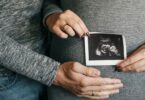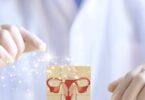They are in shower gels, shampoo, skin care products or toothpaste: Parabens are often found in cosmetic products of all kinds. The problem is, they are absorbed into the body via the skin, acting like female hormones and thus interfering with our hormonal balance.
Nevertheless, they are used frequently, as they are a cheap preservative. In different variants, with different names parabens reliably protect against germ infestation. It is quite clear that modern cosmetics cannot do without preservatives – otherwise they would be quickly populated by germs, which would entail immense health risks for the consumer.
Critics fear harmful effects
But parabens are increasingly being criticized, with consumer advocates fearing that they could be harmful in the quantities and combinations that are being recorded today.
Especially patients with certain hormone-related cancers such as breast, prostate and testicular cancers are often advised to avoid paraben-containing cosmetics. But also foetuses in the womb, toddlers and pubescents should not be exposed to hormonally active chemicals too much. Only recently, an American research group led by Dr Kim Harley has shown that exposure to parabens can be associated with an earlier onset of puberty in girls. But what about the desire to have children? Is there any information here?
Parabens and fertility
What is certain is that many men and women in fertility clinics can be shown to have accumulations of parabens. Critics blame this observation for a decline in sperm quality. Clearly, when it comes to a man’s procreative power, common sense says, high amounts of a substance that resembles female hormones cannot really be beneficial. Although a causal link has not been clearly proven in studies, it has not been clearly refuted either.
In women, too, studies indicate influences on fertility by parabens. In 2019, a review paper in the renowned journal Human Fertility summarized the effects that have already be observed: Various studies showed that parabens could influence the number of antral follicles as well as the clinical pregnancy and life birth rates in women.
Avoid parabens
Experts therefore advise to give preference to cosmetics without parabens. This is not difficult and quickly has an effect.
The detectable load in the body decreases by almost a third after 3 days without paraben-containing products.
Dr Kim Harley, ESHRE Keynote Lecture 2020
Consumers can quickly and easily find out whether a product contains parabens when shopping using specialised apps. A simple scan of the product code is sufficient and the app shows if parabens are included, because they are often difficult to detect in the fine print on the package. The most commonly used hormonally active substance methylparaben is contained in almost one in four products.
By the way, classic natural cosmetics generally do not contain parabens and therefore represent a suitable alternative.
References
Braun JM, Just AC, Williams PL, Smith KW, Calafat AM, Hauser R. Personal care product use and urinary phthalate metabolite and paraben concentrations during pregnancy among women from a fertility clinic. J Expo Sci Environ Epidemiol. 2014 Sep-Oct;24(5):459-66. doi: 10.1038/jes.2013.69. Epub 2013 Oct 23.
Harley KG, Berger KP, Kogut K , Parra K , Robert H Lustig , Greenspan LC, Calafat AM, Ye X, Eskenazi B . Association of Phthalates, Parabens and Phenols Found in Personal Care Products With Pubertal Timing in Girls and Boys. Hum Reprod. 2019 Jan 1;34(1):109-117. doi: 10.1093/humrep/dey337.
Karwacka A , Zamkowska D, Radwan M , Jurewicz J . Exposure to Modern, Widespread Environmental Endocrine Disrupting Chemicals and Their Effect on the Reproductive Potential of Women: An Overview of Current Epidemiological Evidence. Hum Fertil (Camb). 2019 Apr;22(1):2-25. doi: 10.1080/14647273.2017.1358828. Epub 2017 Jul 31.
Mínguez-Alarcón L, Chiu YH, Messerlian C, Williams PL, Sabatini ME, Toth TL, Ford JB, Calafat AM, Hauser R; EARTH Study Team. Urinary paraben concentrations and in vitro fertilization outcomes among women from a fertility clinic. Fertil Steril. 2016 Mar;105(3):714-21. doi: 10.1016/j.fertnstert.2015.11.021. Epub 2015 Dec 2.
Nohynek GJ, Borgert CJ, Dietrich D, Rozman KK. Endocrine disruption: fact or urban legend? Toxicol Lett. 2013 Dec 16;223(3):295-305. doi: 10.1016/j.toxlet.2013.10.022. Epub 2013 Oct 28.
Tavares RS, Martins FC, Oliveira PJ, Ramalho-Santos J, Peixoto FP.Parabens in male infertility-is there a mitochondrial connection? Reprod Toxicol. 2009 Jan;27(1):1-7. doi: 10.1016/j.reprotox.2008.10.002. Epub 2008 Oct 21.
Dodge LE, Williams PL, Williams MA, Missmer SA, Toth TL, Calafat AM, Hauser R. Paternal Urinary Concentrations of Parabens and Other Phenols in Relation to Reproductive Outcomes among Couples from a Fertility Clinic. Environ Health Perspect. 2015 Jul;123(7):665-71. doi: 10.1289/ehp.1408605. Epub 2015 Mar 13.








My spouse and I absolutely love your blog and find many of your post’s
to be what precisely I’m looking for. Do you offer guest writers
to write content in your case? I wouldn’t mind creating a post or elaborating on a few of the subjects you
write regarding here. Again, awesome weblog!
Thank you for your lovely feedback. Yes, we are very open to this. Just let me know what you would like to write about and send me your post. We will be happy to add it.
Hi I am so excited I found your site, I really found you by error, while I was
looking on Aol for something else, Regardless I am here now
and would just like to say cheers for a fantastic post and a all round interesting blog (I also love the theme/design), I don’t have
time to look over it all at the moment but I have bookmarked it and also added your RSS feeds, so when I have time I will
be back to read much more, Please do keep up the great work.
Naturally, the more people get the information, the better!
I every time spent my half an hour to read this website’s posts everyday along
with a mug of coffee.
I was recommended this website by my cousin.
I’m not certain whether or not this submit is written by him as nobody else
know such particular approximately my problem. You’re incredible!
Thank you!
I¦ve learn a few just right stuff here. Definitely worth bookmarking for revisiting. I surprise how much effort you put to create this kind of wonderful informative site.
Perfect piece of work you have done, this web site is really cool with superb info .